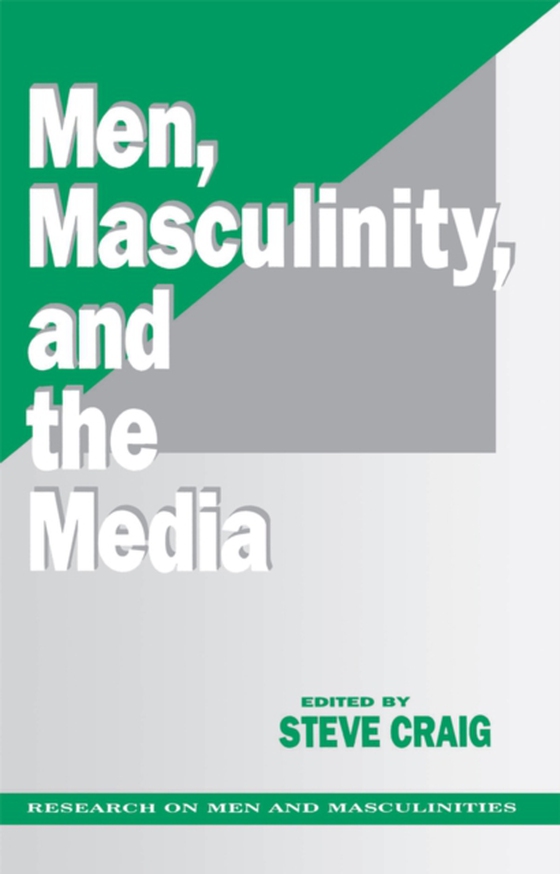
Men, Masculinity and the Media e-bog
728,76 DKK
(ekskl. moms 583,01 DKK)
She can bring home the bacon, fry it up in the pan, and please her man: The popular media influence perceptions of women and their role(s) in society. But what of men? Indeed, men and masculinity have been the norm, the yardstick against which women--and the women's movement--have been measured. Although the development of men's studies has gained momentum, little has been published that focuse...
E-bog
728,76 DKK
Forlag
SAGE Publications, Inc
Udgivet
26 februar 1992
Længde
288 sider
Genrer
Gender studies: men and boys
Sprog
English
Format
pdf
Beskyttelse
LCP
ISBN
9781452246116
She can bring home the bacon, fry it up in the pan, and please her man: The popular media influence perceptions of women and their role(s) in society. But what of men? Indeed, men and masculinity have been the norm, the yardstick against which women--and the women's movement--have been measured. Although the development of men's studies has gained momentum, little has been published that focuses on the media and their relationship to men as men. Men, Masculinity, and the Media addresses this shortcoming. Scholars from communication studies, sociology, social studies, humanities, and political science investigate past media research on men and masculinity. They also examine how the media serve to construct masculinities, how men and their relationships have been depicted, and how men respond to media images. From comic books and rock music to film and television, this ground-breaking volume scrutinizes the interrelationship among men, the media, and masculinity. "e;. . . ambitious in scope."e; --Journalism Quarterly "e;This volume, inaugurating Sage's Research on Men and Masculinity series, will be highly effective in mass media courses dealing with gender, an area where useful collections are sorely lacking. These essays vary in their degree of theoretical and methodological sophistication. Some will be sufficiently complex for graduate courses, while undergraduate students will appreciate others either for their discursive straightforwardness or for their grounding in cultural genres that undergraduates are seldom allowed to study, from sports coverage to heavy metal music. And since, among them, these essays cover such a large territory, the composite bibliography at the end will well serve those interested in further reading and research."e; --Journal of Communication "e;This volume is both evenly written and exceptionally readable. Key concepts are presented clearly, but they are not overly simplified. This book's strong conceptual and empirical foundation, in conjunction with the sophistication of its content, make the text ideal for graduate and advanced graduate students. Scholars will find [the book] a valuable reference."e; --Communication Quarterly "e;Men, Masculinity, and the Media is a welcome corrective. Collected here are articles that range widely in topic as well as in theoretical and analytical complexity, from straightforward content analyses of images of masculinity in comic books to feminist poststructuralist explorations of the male gaze in prime-time television programming. The strength of the volume is in both the range of theoretical orientations included and the representation of scholars from a variety of disciplines including sociology, communications, political science, and the humanities."e; --American Journal of Sociology "e;A valuable and needed anthology which investigates the many, intricate ways in which mass media contribute to social construction of masculinity in western, industrialized countries. . . . An excellent reference section is included."e; --Communication Booknotes "e;. . . Steve Craig's volume offers a comprehensive overview of recent research on masculinity and the media. It is accessible for both undergraduate and graduate students, and lends itself well to classroom teaching. The book also includes an extensive bibliography. Located at the intersection of communications and gender studies, Men, Masculinity, and the Media will further our understandings of the ways in which gender is both reproduced and contested. The collection will also stimulate further research in the field."e; --Canadian Journal of Communication
 Dansk
Dansk

